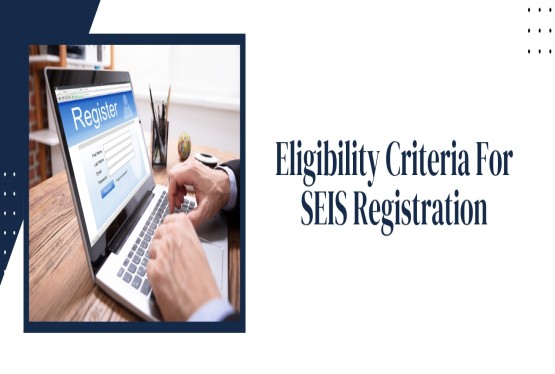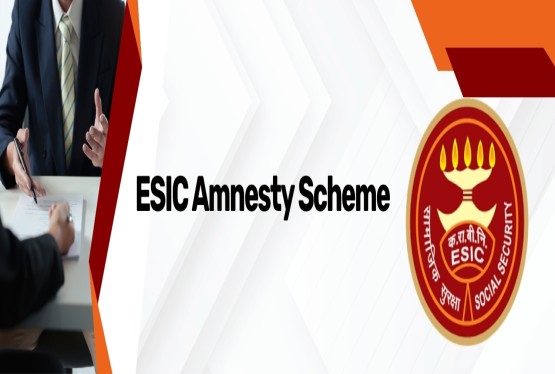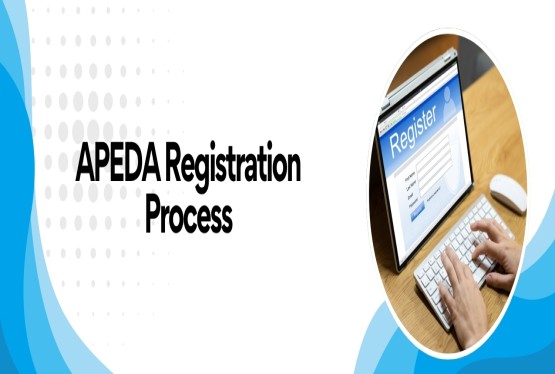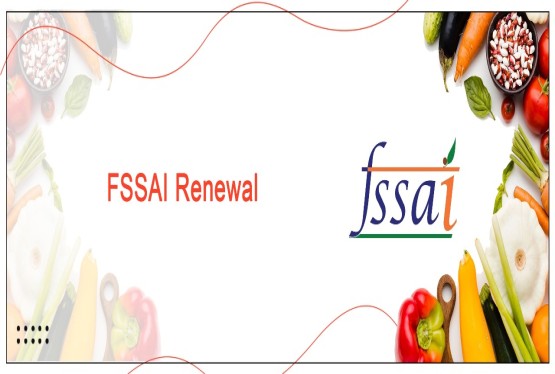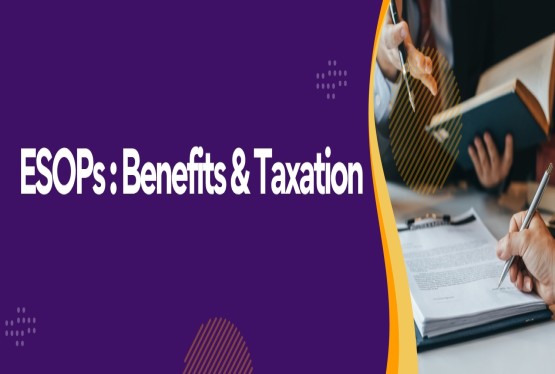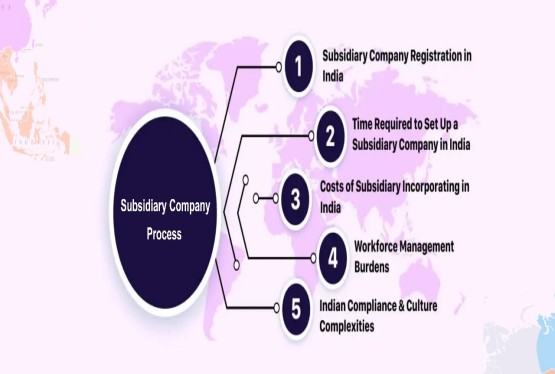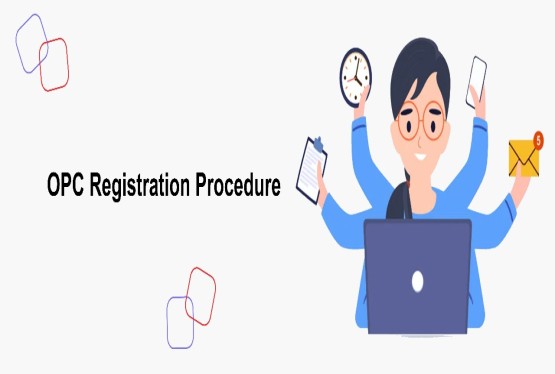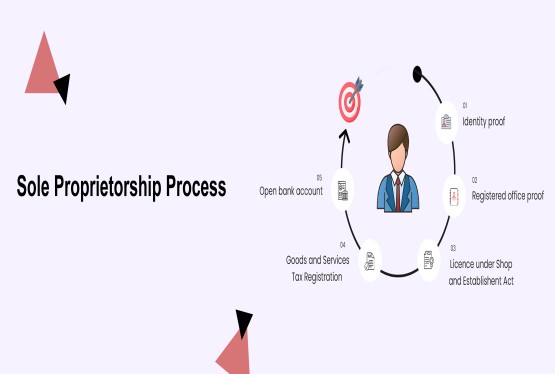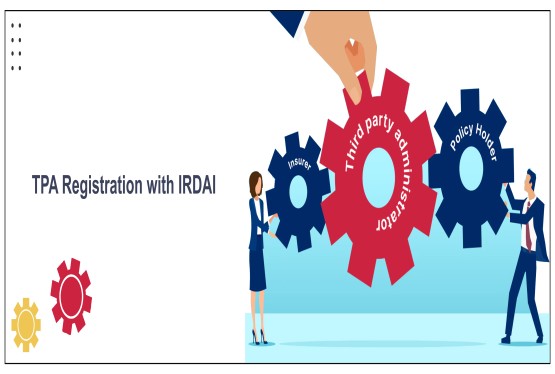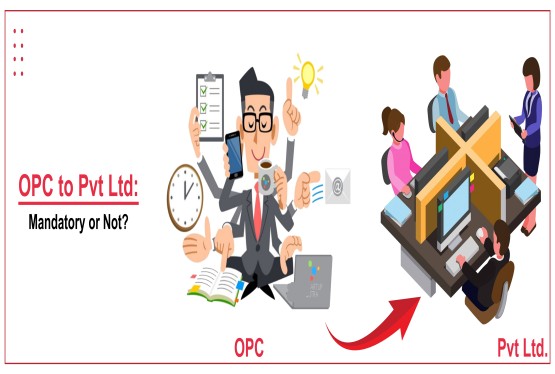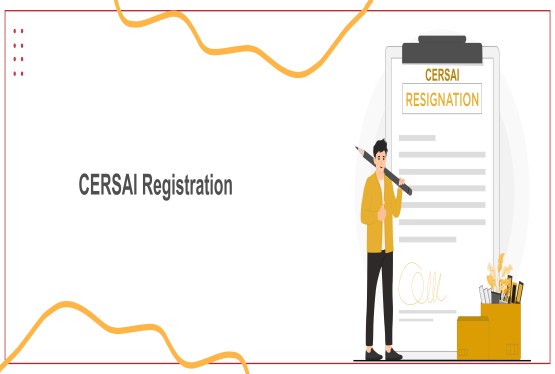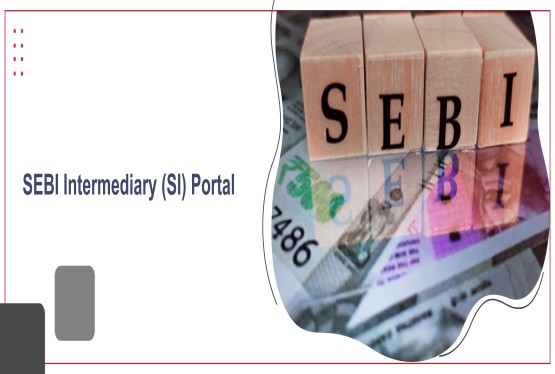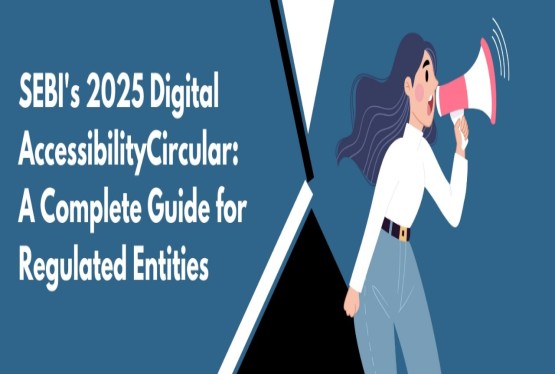The Service Exports from India Scheme (SEIS) is a government initiative under the Foreign Trade Policy (FTP) designed to promote the export of notified services from India by offering incentives in the form of duty credit scrips. These scrips can be used to pay import duties or transferred in the market, providing a financial boost to eligible service providers. To claim these benefits, businesses must complete the SEIS registration process and submit a detailed application along with the required documents. This article provides a complete guide to the SEIS registration procedure, eligibility criteria for SEIS, and the list of mandatory documents, helping service exporters the process efficiently and maximize their incentive claims under the DGFT-regulated framework.
SEIS (Service Exports from India Scheme)
The Service Exports from India Scheme (SEIS) is a flagship initiative launched under the Foreign Trade Policy (FTP) 2015–20 by the Directorate General of Foreign Trade (DGFT), aimed at enhancing the competitiveness of India’s service sector in the global market. The scheme was further extended through amendments and notifications to continue supporting Indian service exporters in subsequent years.
The core objective of SEIS is to provide rewards to eligible service providers located in India for their foreign exchange earnings from the export of notified services. These rewards are given in the form of Duty Credit Scrips, which act as incentives that can either be used for payment of customs duties on imports or can be sold/transferred to other businesses for value. This mechanism not only promotes the inflow of foreign currency into India but also strengthens the service export base by recognizing and rewarding export performance.
Under the SEIS framework, eligible exporters can receive duty credit scrips equivalent to 5% or 7% of their Net Foreign Exchange (NFE) earnings depending on the category of service exported and as specified in Appendix 3D of the FTP. The rate of incentive is subject to the type of service rendered and any changes notified by the DGFT for the respective financial year.
Key Features of SEIS in Detail:
-
Duty Credit Scrips as Benefits: The SEIS rewards are issued in the form of Duty Credit Scrips, which hold monetary value and can be used to pay customs duties on the import of goods or services under various export promotion schemes. These scrips are treated as tradable financial instruments in the export-import market.
-
Transferable and Valid for 24 Months: One of the most beneficial features of SEIS scrips is their transferability. Exporters who do not need to use the scrips themselves can sell them to other businesses for a cash consideration. These scrips remain valid for 24 months from the date of issue, giving sufficient time for usage or transfer.
-
Service Provider Must Be Located in India: SEIS benefits are extended only to service providers operating from India. Services provided by Indian entities from locations outside India are not eligible under this scheme. The physical location of the service provider plays a key role in determining eligibility.
-
Earnings Must Be in Free Foreign Exchange: To qualify for SEIS benefits, the export proceeds must be received in convertible foreign currency, such as USD, EUR, GBP, etc. Payments received in Indian Rupees or through non-convertible currency accounts do not qualify for incentive calculation.
In essence, SEIS is a performance-based reward scheme that not only encourages Indian service providers to expand globally but also enables them to leverage the financial incentives for business expansion, capital investment, or liquidity management. It plays a significant role in aligning India’s service export policy with international trade growth.
Documents Required for SEIS Registration
To apply for SEIS (Service Exports from India Scheme) benefits under the Foreign Trade Policy, eligible service exporters must submit a set of essential documents along with the online application on the DGFT portal. Below is a detailed list of mandatory and supporting documents required for SEIS registration:
Import Export Code (IEC)
The Import Export Code (IEC) is a mandatory requirement for applying under the Service Exports from India Scheme (SEIS). Issued by the Directorate General of Foreign Trade (DGFT), the IEC uniquely identifies the exporter and must be active and linked to the correct PAN. Without a valid IEC, no SEIS application can be processed.
Bank Realisation Certificates (BRCs)
BRCs are issued by authorized banks in the ANF 3B format and serve as proof that the exporter has received payment for services rendered in foreign currency. These certificates must match the invoice amounts submitted for the relevant financial year and form a core part of validating export turnover under SEIS. Only BRCs with foreign exchange realization are accepted for calculating the Net Foreign Exchange (NFE).
Foreign Inward Remittance Certificates (FIRCs)
Along with BRCs, startups and service exporters must provide Foreign Inward Remittance Certificates (FIRCs), which are bank-issued documents confirming receipt of foreign currency payments into the exporter’s Indian bank account. FIRCs support the authenticity of each foreign exchange transaction and must correlate with the invoice and BRC records.
Chartered Accountant Certificate (Annexure to ANF 3B)
A practicing Chartered Accountant must issue a certificate in the prescribed Annexure format to ANF 3B, certifying the Net Foreign Exchange (NFE) earned by the exporter during the financial year. This certificate ensures third-party verification of turnover, realization, and eligibility for SEIS incentives. The CA must validate all amounts declared in the BRCs and invoices.
Statement of Export Turnover
Applicants must submit a summary statement showing their total export turnover, typically in an Excel or PDF format. This document should include all foreign exchange earnings for the specific financial year for which SEIS benefits are being claimed. The turnover statement helps DGFT officials cross-check the financial data with BRCs and FIRCs.
List of Invoices
A detailed list of all invoices raised for foreign clients is required. This list should include the invoice number, date, client details, currency, and amount in foreign exchange. The invoice data must align with the BRCs and turnover certificate and must be organized by date or customer for clarity and traceability during scrutiny.
Self-Certified Copy of PAN and GST Registration
The applicant must submit self-attested copies of their Permanent Account Number (PAN) card and GST Registration Certificate. These documents establish the legal identity of the entity claiming SEIS benefits and ensure compliance with domestic tax regulations. The details on PAN and GST must match the IEC profile.
Valid Registration-Cum-Membership Certificate (RCMC)
The RCMC is issued by the relevant Export Promotion Council (EPC), such as the Services Export Promotion Council (SEPC). This certificate validates that the applicant is a registered service exporter in good standing. An active RCMC is a precondition for applying for SEIS and must be valid for the period for which the application is made.
Digital Signature Certificate (DSC)
A Digital Signature Certificate (DSC) is required to digitally sign the SEIS application on the DGFT portal. This ensures authenticity and security of the submission. The DSC must be linked to the authorized signatory of the company and compatible with the DGFT system for seamless upload and submission.
Authorization Letter (if applicable)
If the SEIS application is being submitted by a consultant or an authorized representative instead of the applicant directly, an authorization letter or power of attorney must be attached. For companies and LLPs, a Board Resolution or Partner Authorization should be submitted to confirm that the person signing the application is legally authorized to act on behalf of the entity.
Optional or Conditional Documents:
-
Audited Financial Statements for the relevant year (if requested)
-
Declaration of No Commission Paid, if applicable
-
Board Resolution or Partner Authorization Letter (for companies/LLPs) authorizing the signatory to apply
Note:
-
All documents should be in PDF format, scanned clearly, and uploaded to the DGFT portal.
-
The application must be made within 12 months from the end of the relevant financial year.
Proper documentation is important to avoid rejection, delay, or queries during SEIS processing. It is recommended to cross-verify invoice amounts with BRCs and ensure consistency in all submitted data.
Procedure for SEIS Registration and Application
The Service Exports from India Scheme (SEIS) registration and application process is managed online through the DGFT (Directorate General of Foreign Trade) portal. To claim SEIS benefits, eligible service exporters must follow a well-defined procedure, which includes registration, documentation, application submission, and scrip issuance. Below is the detailed procedure:
Register on DGFT Portal
The first step is to register the applicant entity on the DGFT portal at https://www.dgft.gov.in. The entity must use its Import Export Code (IEC) to create a login. If not already registered, the IEC should be obtained first. Once registered, ensure that the IEC profile is up to date, including business details, communication address, contact number, email ID, and bank account information. Linking the IEC with the entity’s PAN is also mandatory.
Prepare and Gather Required Documents
Before proceeding with the online application, gather all the necessary documents, including:
-
Bank Realisation Certificates (BRCs)
-
Foreign Inward Remittance Certificates (FIRCs)
-
Chartered Accountant Certificate (Annexure to ANF 3B)
-
Statement of Export Turnover
-
List of Invoices
-
Self-certified PAN and GST certificates
-
Valid RCMC from the appropriate Export Promotion Council
Ensure that all documents are clear, properly labeled, and in PDF format for uploading. Data in invoices, BRCs, and CA certificates must be consistent to avoid discrepancies during verification.
Login and Select the SEIS Application Module
After preparing documents, log in to the DGFT portal using the IEC credentials. Navigate to the menu and select: Services > SEIS > Apply for SEIS (ANF 3B).
Choose the correct financial year for which you are claiming the SEIS benefit. The system will prompt you to enter various details including exporter information, service codes (as per Appendix 3D), and Net Foreign Exchange (NFE) earnings.
Fill in Application Details and Attach Documents
Once inside the SEIS application form (ANF 3B), fill in all the required details including:
-
Export turnover in foreign exchange
-
Description of services exported
-
Port of export
-
Bank details for scrip credit
Next, upload the necessary supporting documents, such as BRCs, FIRCs, invoices, and the CA certificate. All files must be digitally signed, so ensure your Digital Signature Certificate (DSC) is connected and functioning properly.
Payment of Application Fee
After filling the application and uploading the documents, proceed to pay the application fee online. The fee amount depends on the value of foreign exchange earned and is displayed before final submission. Payment can be made via debit card, credit card, UPI, net banking, or other available methods through the portal.
Final Submission of Application
Once the fee is paid and the form is complete, use the DSC to digitally sign and submit the application. After submission, a unique File Reference Number is generated. This number is used to track the status of your application on the DGFT portal. Make sure to download a copy of the submitted application and payment receipt for future reference.
Application Scrutiny and Processing by DGFT
The DGFT Regional Authority (RA) reviews the application and attached documents. If any discrepancies or errors are found, a query may be raised through the portal. The applicant must respond to the query within the prescribed timeline. If everything is in order, the RA processes the application for approval.
Issuance of Duty Credit Scrip
Once approved, the DGFT issues a SEIS Duty Credit Scrip in electronic form. This is referred to as an e-Scrip and is made available in the applicant’s account on the DGFT portal. The scrip is valid for 24 months from the date of issue and can be:
-
Used for payment of Basic Customs Duty
-
Transferred or sold to another party if not needed
The scrip is registered with ICEGATE (Indian Customs EDI Gateway) for seamless usage during imports.
Use or Transfer of the Scrip
After receiving the scrip, the exporter has two options:
-
Use the scrip to pay customs duties when importing capital goods or raw materials.
-
Transfer the scrip to another importer for consideration. This is done via an online mechanism on the DGFT portal and ICEGATE registration.
Startups often monetize their scrips by transferring them in the open market to gain liquidity.
Track Application Status and Compliance
Applicants can track the real-time status of their SEIS application through the DGFT dashboard. It is important to respond promptly to any queries raised by the DGFT and maintain proper records for future audits or inquiries.
By following the above procedure carefully, service exporters can efficiently register and claim SEIS benefits, ensuring timely financial incentives. Proper documentation, consistency in data, and timely application submission are key to a successful SEIS registration process.
Final Summary
SEIS registration process is a valuable opportunity for Indian service exporters to claim government-backed financial incentives for their foreign exchange earnings. By carefully following the prescribed procedure on the DGFT portal, and submitting accurate and complete documentation including BRCs, FIRCs, CA certificates, and invoice details exporters can ensure a smooth and timely application process. The issuance of duty credit scrips not only rewards exporters but also offers flexibility through usage or transfer. Proper record-keeping, timely filing, and adherence to DGFT guidelines are essential to avoid rejections or delays. As the government continues to promote services exports under the Foreign Trade Policy, SEIS remains a strategic support tool for startups, MSMEs, and large enterprises alike, encouraging them to expand their global footprint while boosting India’s overall service export performance.
Frequently Asked Questions (FAQs)
Q1. What is SEIS registration?
Ans. SEIS registration is the process of applying for benefits under the Service Exports from India Scheme, through which eligible service exporters can claim duty credit scrips from the DGFT for their foreign exchange earnings.
Q2. Who is eligible to apply for SEIS?
Ans. Any service provider located in India who has earned foreign exchange through notified services under Appendix 3D of the FTP is eligible, provided:
-
Net foreign exchange earnings exceed Rs.10 lakh for proprietors or Rs.5 lakh for others
-
The service is exported from India and paid in convertible foreign exchange
Q3. What are duty credit scrips under SEIS?
Ans. Duty credit scrips are incentive instruments issued by DGFT, allowing exporters to pay customs duties or transfer/sell them in the market. They are generally issued at 5% or 7% of Net Foreign Exchange (NFE) earnings.
Q4. How do I apply for SEIS benefits?
Ans. You must register on the DGFT portal, fill the ANF 3B form, upload required documents, pay the application fee, and submit the form digitally using a Digital Signature Certificate (DSC).
Q5. What is the deadline for SEIS application?
Ans. The SEIS application must be filed within 12 months from the end of the financial year for which benefits are claimed, unless extended by the DGFT.
Q6. What documents are required for SEIS registration?
Ans. Key documents include:
-
IEC certificate
-
BRCs and FIRCs
-
Chartered Accountant Certificate (Annexure to ANF 3B)
-
Statement of export turnover and invoice list
-
PAN, GST registration, and valid RCMC
-
DSC for digital submission
Q7. Can SEIS scrips be transferred or sold?
Ans. Yes, SEIS scrips are freely transferable and valid for 24 months. Exporters can use them for import duty payments or sell them in the open market.
Q8. How are SEIS applications processed by DGFT?
Ans. After submission, the DGFT reviews the application. If all documents are in order, the duty credit scrip is issued electronically. Queries, if any, must be addressed promptly by the applicant.
Q9. What happens if I submit incorrect or inconsistent data?
Ans. Incorrect data may lead to rejection or delay of the application. All information in BRCs, FIRCs, invoices, and CA certificates must match. It’s recommended to cross-verify before submission.
Q10. Is SEIS still available under the new FTP 2023?
Ans. While FTP 2015–20 SEIS benefits were extended through FY 2020–21, the applicability under FTP 2023 is subject to updated notifications. Exporters must refer to the latest DGFT circulars for updates.

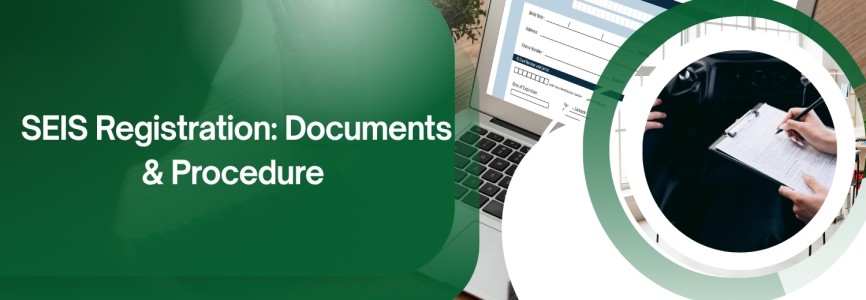










_crop10_thumb.jpg)





_crop10_thumb.jpg)




























-Form_crop10_thumb.jpg)

_crop10_thumb.jpg)























_learn_crop10_thumb.jpeg)
































_crop10_thumb.jpg)

_crop10_thumb.jpg)





















_crop10_thumb.jpg)















_for_Foreign_Directors_learn_crop10_thumb.jpeg)




_Act,_2015_learn_crop10_thumb.jpg)









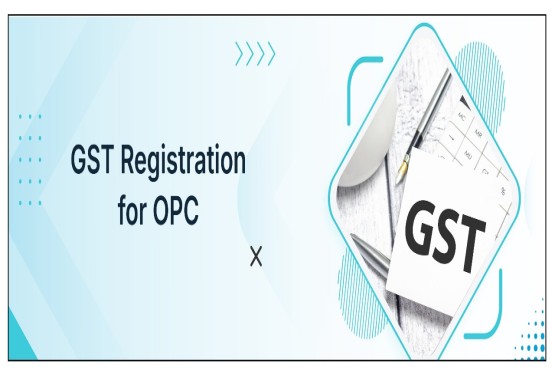

























_learn_crop10_thumb.jpg)


